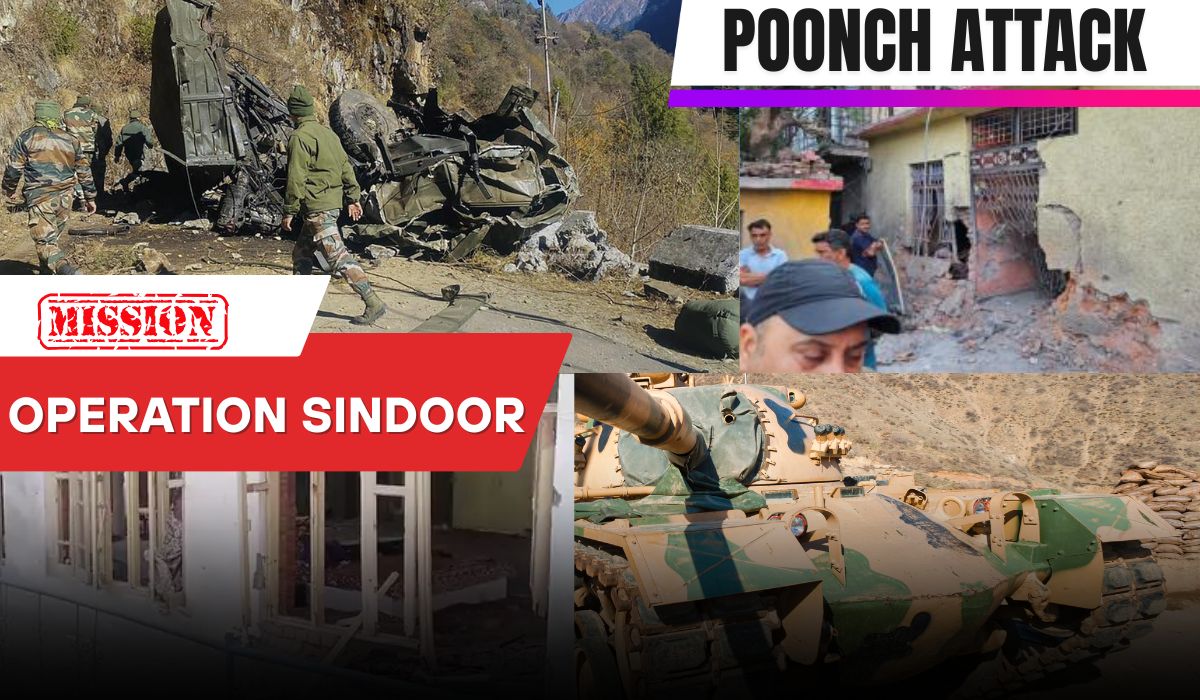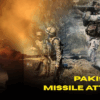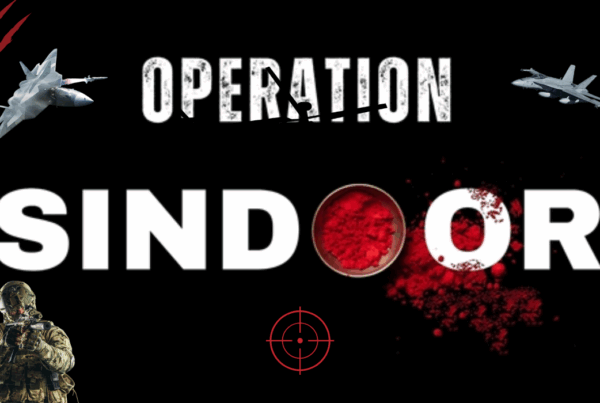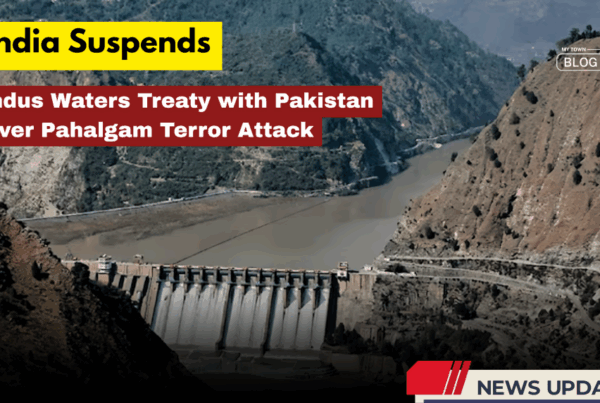In a tragic escalation along the Line of Control (LoC), the Poonch Attack on May 7, 2025, left at least 15 civilians dead and over 50 injured after intense cross-border shelling by the Pakistani Army. The attack followed India’s retaliatory airstrikes under Operation Sindoor, carried out in response to the April 22 Pahalgam terror attack that killed 26 people.
Operation Sindoor and Its Link to the Poonch Attack
India’s Operation Sindoor was launched early Wednesday morning to target nine identified terror camps across Pakistan and Pakistan-occupied Kashmir (PoK), particularly those linked to the Jaish-e-Mohammed group responsible for the Pahalgam attack. The airstrikes resulted in considerable damage to the camps and reportedly killed several militants, including family members of Jaish-e-Mohammed chief Masood Azhar.
Soon after, Pakistan initiated retaliatory shelling targeting civilian regions across Jammu and Kashmir, particularly Poonch, Tangdhar, Rajouri, Uri, and Karnah sectors. The intensity and timing of the attack suggest a coordinated response to the Indian offensive.
Civilian Areas Targeted in the Poonch Attack
The Pakistani Army used heavy artillery and mortars in its assault. According to defense officials, the shelling started at around 2:00 AM, catching civilians off-guard as they slept. Areas worst hit included:
- Mankote
- Mendha
- Thandi Kassi
- Krishna Ghati
- Gulpur
- Poonch City and District HQ
The attack led to the destruction of numerous homes, shops, vehicles, and community structures, including a gurdwara in Poonch where three Sikh civilians lost their lives.
Eyewitnesses Describe Scenes of Horror
Locals described the Poonch Attack as the worst shelling since the 1999 Kargil War. Amreek Singh, a shopkeeper, was among the first victims, killed when a shell exploded near his shop at Syndicate Chowk.
“It was like a war zone with injured people crying for help,” said Mohd Zahid, a resident of Poonch. “We woke up to loud blasts, windows shattering, and smoke everywhere. We didn’t know if we would survive the night.”
Khurshid Ahmad, a resident of Dhaki village, shared how over 150 people were forced to take shelter in relatives’ homes after their houses were hit.
Religious Sites and Schools Also Hit
The indiscriminate shelling did not spare religious institutions. The Sri Guru Singh Sabha Gurdwara in Poonch suffered severe structural damage. Prominent Sikh leaders, including Giani Kuldeep Singh Gargaj of Akal Takht and Sukhbir Singh Badal, condemned the act, calling it an attack on humanity.
Several schools in the affected regions, including Mankote and Mendhar, were also hit, leading to the tragic deaths of four children.
Political and Military Reactions
Union Minister Ravneet Singh Bittu expressed deep sorrow over the loss of lives and reaffirmed India’s commitment to protecting its citizens. “India will not tolerate such barbarity,” he said.
Indian defense officials confirmed that the military responded with “befitting retaliation,” destroying several Pakistani firing posts along the LoC. Surveillance footage released by the Indian Army shows multiple enemy installations engulfed in fire.
Escalating Tensions and Civilian Panic
The attack has once again drawn attention to the fragile situation along the LoC. Hundreds of families have been displaced, either taking refuge in underground bunkers or evacuating to safer regions. Panic gripped border towns as residents feared further escalation.
Local administrations are working to provide relief materials, emergency medical assistance, and temporary shelters. Mobile medical units have been deployed in Poonch and nearby areas to care for the injured.
International Reactions
Global reactions to the dual events of Operation Sindoor and the Poonch Attack have started to pour in. While the United States is said to be “closely monitoring” the situation, China issued a statement expressing “regret” and urging restraint from both sides.
However, India maintains that its actions were defensive and targeted only at terrorist infrastructure, whereas Pakistan’s retaliation has harmed innocent civilians, violating international norms.
Conclusion
The Poonch Attack marks a grim reminder of the ongoing hostilities and the devastating impact on innocent lives caught in the crossfire. As India and Pakistan continue their military posturing, the need for diplomatic dialogue and civilian protection becomes even more urgent. Until then, border residents will live under constant fear, hoping peace prevails over politics.
FAQ’s
What triggered the Poonch Attack?
The attack was a retaliatory move by Pakistan following India’s Operation Sindoor, which targeted terror camps in Pakistan and PoK.
How many civilians died in the Poonch Attack?
At least 15 civilians, including four children and three Sikh community members, were killed, and over 50 were injured.
What areas were most affected in the Poonch Attack?
Poonch, Mendhar, Mankote, Thandi Kassi, and Krishna Ghati were among the worst-hit areas.
What is Operation Sindoor?
Operation Sindoor is a retaliatory airstrike launched by India targeting nine terrorist hideouts in Pakistan and PoK, in response to the Pahalgam terror attack.
Resources: Livemint, Financialexpress








